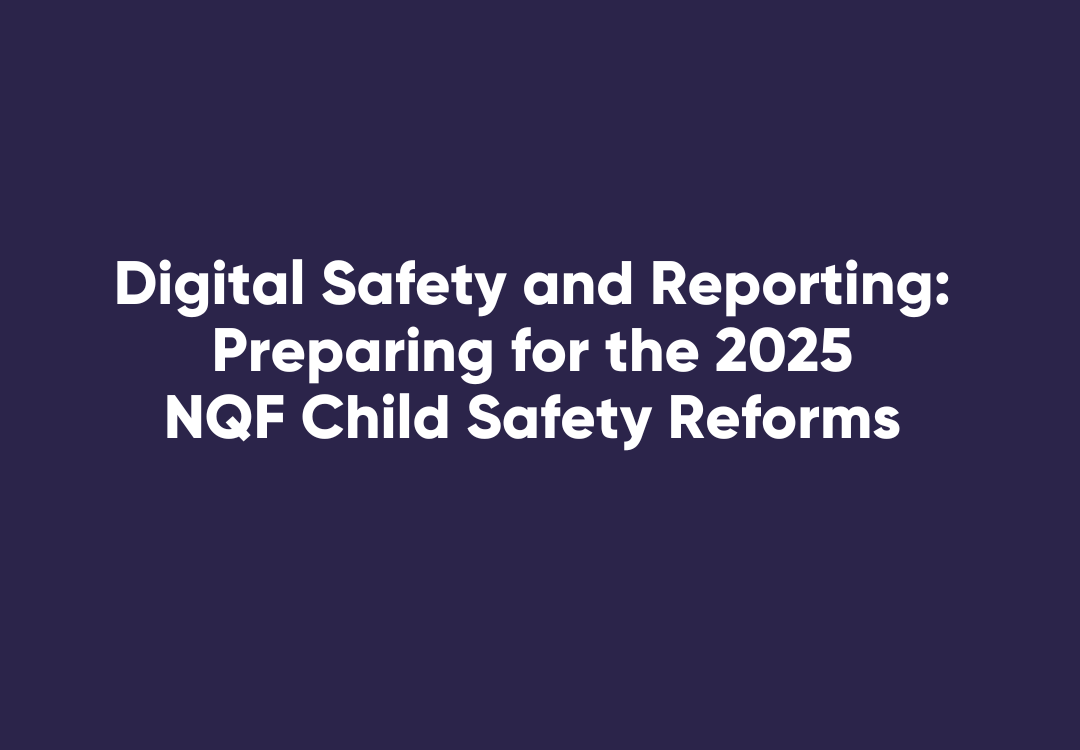Tools For Handling Modern Workplace Bullying
Thousands of candidates complete workplace inductions via WorkPro monthly and over the last 6-8 months we have noted a huge uptick in candidates under the age of 20 entering the workforce.
With Gen Z being the ‘social media’ generation, this demographic of workers has grown up in the age of digital communication, social media and more. While these mediums have a mountain of positives as far as communication and connection goes, they also carry a lot of potential for misuse and cyberbullying.
Modern approaches for bullying require modern procedures to prevent and mitigate this issue. It’s vital that your company not only has an up-to-date induction program for workers but also an anti-bullying policy in place that covers these modern avenues for bullying.
Here’s a few things to keep in mind:
Cyberbullying
As technology has evolved and progressed, so has the potential for misuse. Years ago, cyberbullying may have taken the form of an abusive email to a colleague but now there are far more elaborate and complex ways for this to occur. For example:
· Trolling (when someone makes a deliberately provocative comment or post and waits for people to take the bait)
· Image Based Abuse (sharing, or threatening to share, an intimate image or video of a person without their consent)
· Sextortion (a form of blackmail where someone threatens to share intimate images of you online unless you give in to their demands)
· Impersonation/Fake Accounts
· Doxing (the act of revealing someone's sensitive information online)
· DeepFake/Morph/Faceswap (a digital photo, video or sound file of a person that is manipulated or edited to provide false depiction of them)
Remote Bullying
While not to the same extent we’ve seen over the last few years, a lot of workers are still working remotely or have hybrid working models in place. Organisations need to take into consideration the risk that bullying presents in these arrangements as the boundaries and incidents are not as obvious in a remote work setting compared to a physical workplace.
Working remotely can make it easier for cyberbullying to occur, with a perpetrator feeling more confident about being abusive online than they would with colleagues in a physical workplace. It also makes it easy for workers to be marginalised or excluded for activities and meetings.
A Modern Approach
As I said above, modern problems require modern solutions. Thankfully, there are a number of steps you can take to manage the risk of cyberbullying in the workplace:
· Develop a company position and policy for online acceptable standards of behaviour
· Communicate the policy to workers, and ensure they understand their responsibilities
· Provide workers with training on online safety via induction training, team meetings, email and ongoing training
· Consider incorporating compliance with the policy into annual and performance assessments
· Regularly review and evaluate the effectiveness of the policy
The economic cost of workplace bullying is estimated to be anywhere between $6 and $36 billion dollars a year according to the Australian Human Rights Commission. On top of the that, there are other financial costs as well as human costs in the form of reduced efficiency, absenteeism, mental health impacts and high staff turnover.












